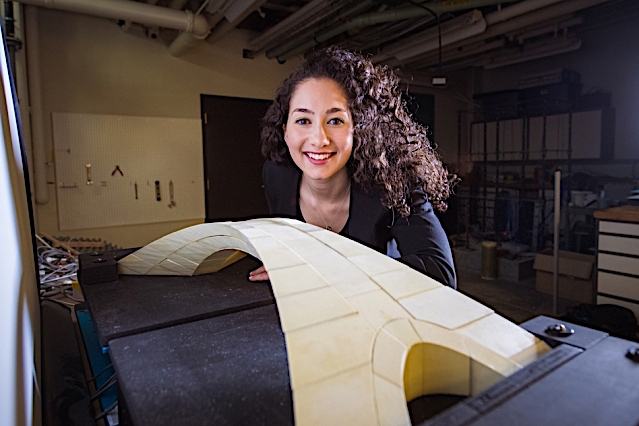In his legendary MIT lecture “How to Speak,” professor Patrick Winston opens with a story about seeing Olympic gymnast Mary Lou Retton at a Celebrity Ski Weekend. It was immediately clear to him that he was the better skier, but not because he had more innate athletic ability than an Olympic gold medalist, but because he had more knowledge and practice. These, Winston says, are the key qualities we need to become better communicators. Inherent talent helps, he says, but “notice that the T is very small. What really matters is what you know.”
What some of us know about communicating effectively could fill a greeting card, but it’s hardly our fault, says Winston. Schools that send students into the world without the ability to speak and write well are as criminally liable as officers who send soldiers into battle without weapons. For over 40 years, Winston has been trying to remedy the situation with his “How to Speak” lecture, offered every January,” notes MIT, “usually to overflow crowds.” It became “so popular, in fact, that the annual talk had to be limited to the first 300 participants.”
Now it’s available online, in both video and transcript form, in the talk’s final form from 2018 (it evolved quite a bit over the decades). Professor Winston passed away last year, but his wisdom lives on. Rather than present us with a dry theory of rhetoric and composition, the onetime director of the MIT’s Artificial Intelligence Laboratory offers “a few heuristic rules” distilled from “praxis in communication approaches that incorporate Neurolinguistics, Linguistics, Paleoanthropology, Cognitive Science and Computer Science,” writes Minnie Kasyoka.
Winston’s research on “creating machines with the same thought patterns as humans” led him to the following conclusions about effective speaking and writing—observations that have borne themselves out in the careers of thousands of public speakers, job seekers, and professionals of every kind. Many of his heuristics contradict decades of folk opinion on public speaking, as well as contemporary technological trends. For one thing, he says, avoid opening with a joke.
People still settling into their seats will be too distracted to pay attention and you won’t get the laugh. Instead, open with an analogy or a story, like his Mary Lou Retton gambit, then tell people, directly, what they’re going to get from your talk. Then tell them again. And again. “It’s a good idea to cycle on the subject,” says Winston. “Go around it. Go round it again. Go round it again.” It’s not that we should assume our audience is unintelligent, but rather that “at any given moment, about 20%” of them “will be fogged out no matter what the lecture is.” It’s just how the human mind works, shifting attention all over the place.
Like all great works on effective communication, Winston’s talk illustrates his methods as it explains them: he fills the lecture with memorable images—like “building a fence” around his idea to distinguish it from other similar ideas. He continues to use interesting little stories to make things concrete, like an anecdote about a Serbian nun who was offended by him putting his hands behind his back. This is offered in service of his lengthy defense of the blackboard, contra PowerPoint, as the ultimate visual aid. “Now, you have something to do with your hands.”
The talk is relaxed, humorous, and informative, and not a step-by-step method. As Winston says, you can dip in and out of the copious advice he presents, taking rules you think might work best for your particular style of communication and your communication needs. We should all, he emphasizes, hone our own way of speaking and writing. But, “while he never explicitly stresses the ultimate need for rhetorical devices,” Kasyoka points out, he demonstrates that they are imperative.
Professor Winston masterfully uses persuasive techniques to hammer on this point. For example, the use of anadiplosis, that is the repetition of a clause in a sentence for emphasis, is very manifest in this snippet from his talk: “Your careers will be determined largely by how well you speak, by how well you write, and by the quality of your ideas… in that order.”
How do we learn to use rhetoric as effectively as Winston? We listen to and read effective rhetoric like his. Do so in the video lecture at the top and on the “How to Speak” course page, which has transcripts for download and additional resources for further study.
Related Content:
Literary Theorist Stanley Fish Offers a Free Course on Rhetoric, or the Power of Arguments
Novelist Cormac McCarthy Gives Writing Advice to Scientists … and Anyone Who Wants to Write Clear, Compelling Prose
The Shape of A Story: Writing Tips from Kurt Vonnegut
Josh Jones is a writer and musician based in Durham, NC. Follow him at @jdmagness




